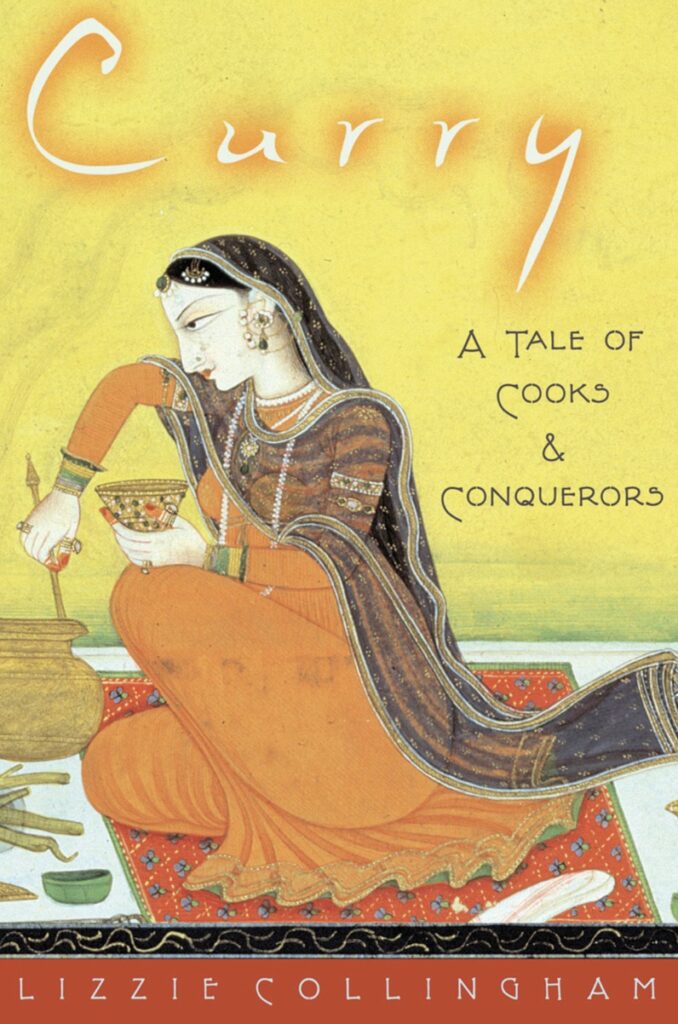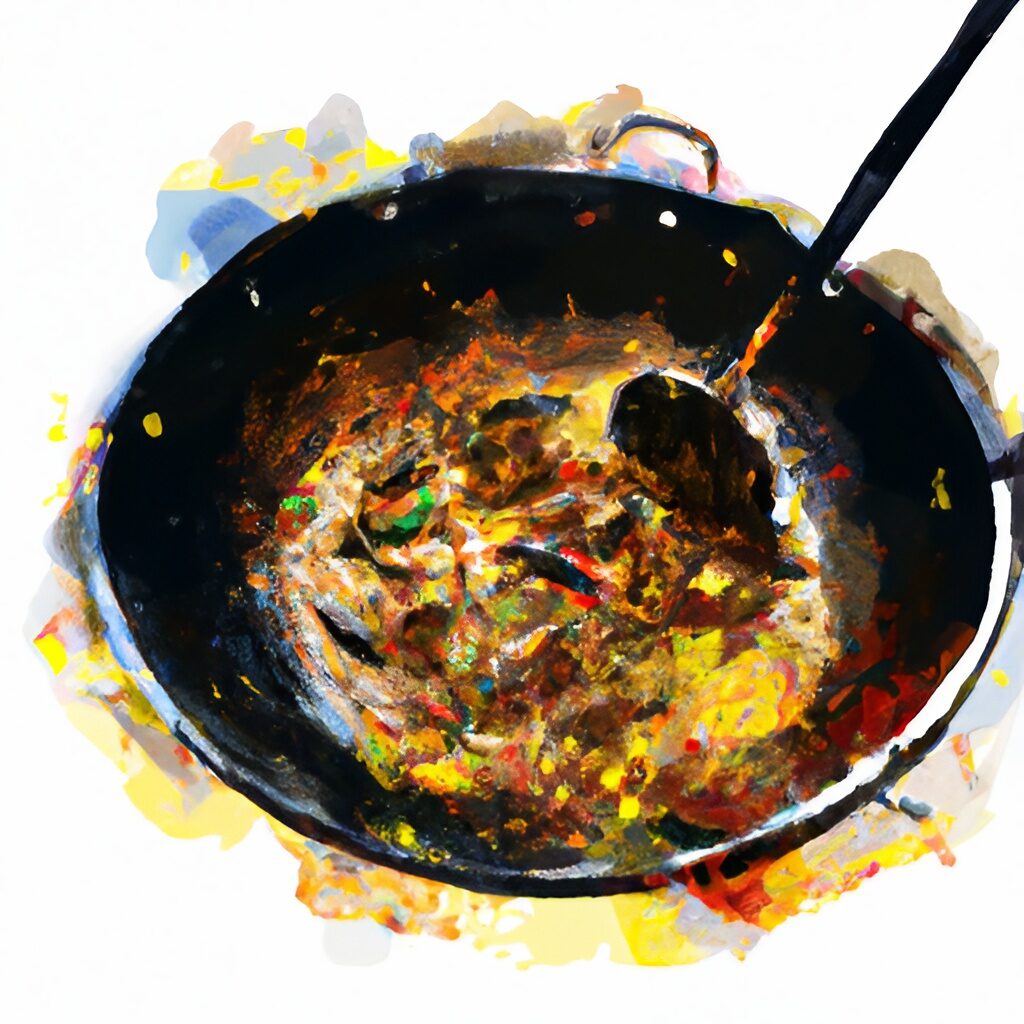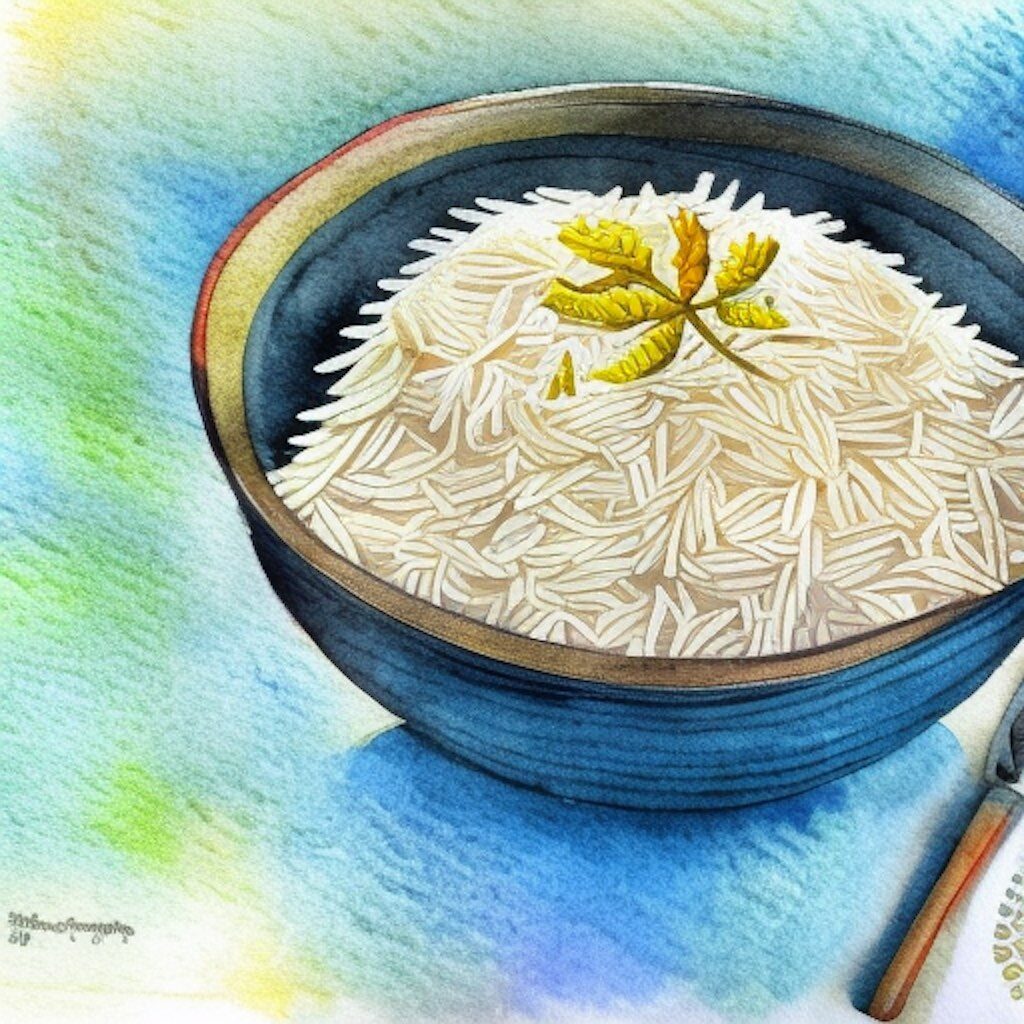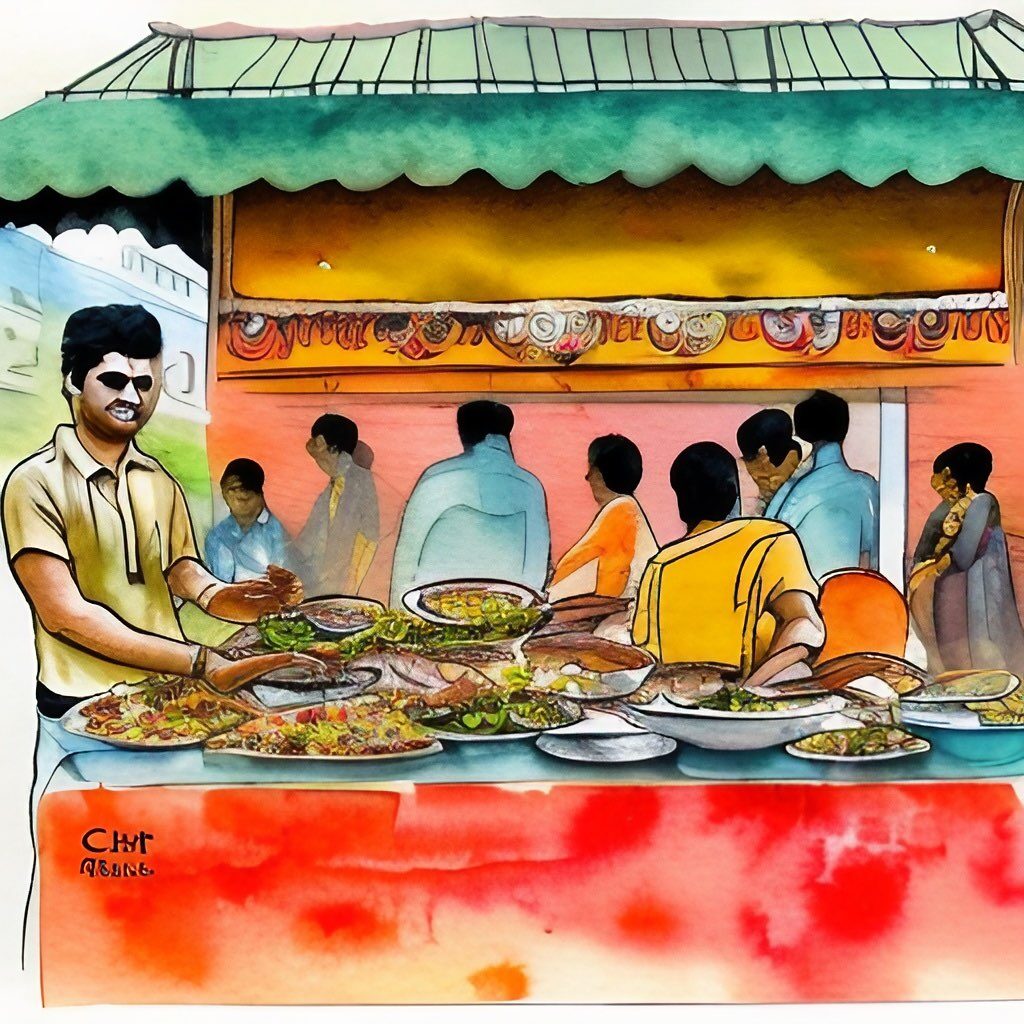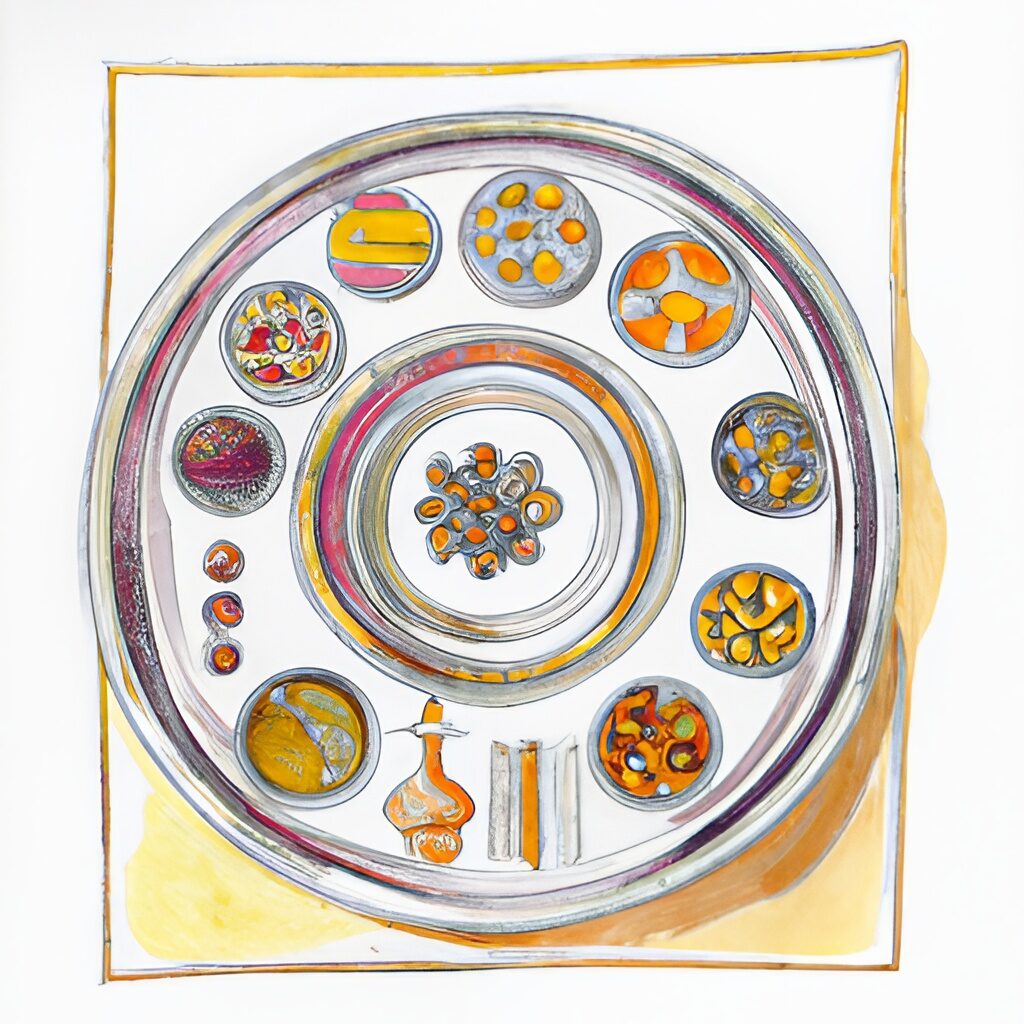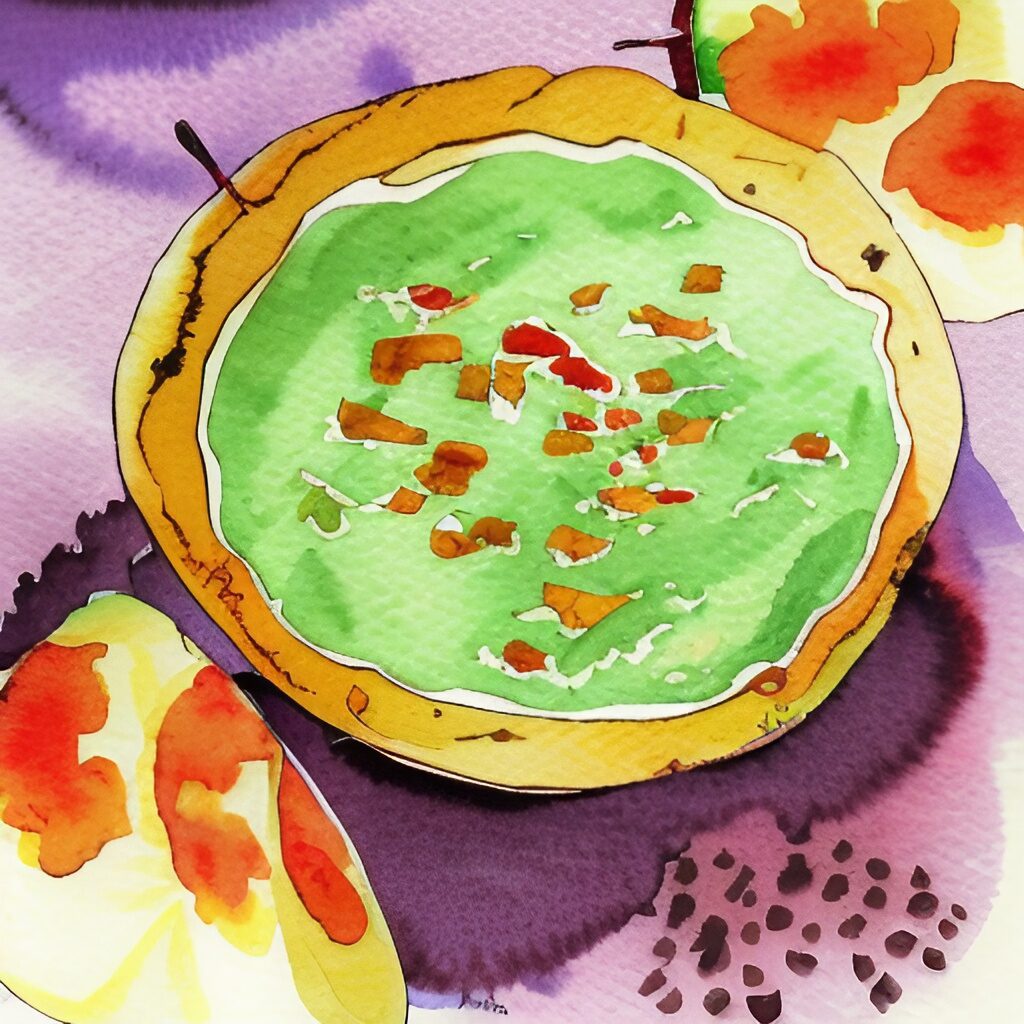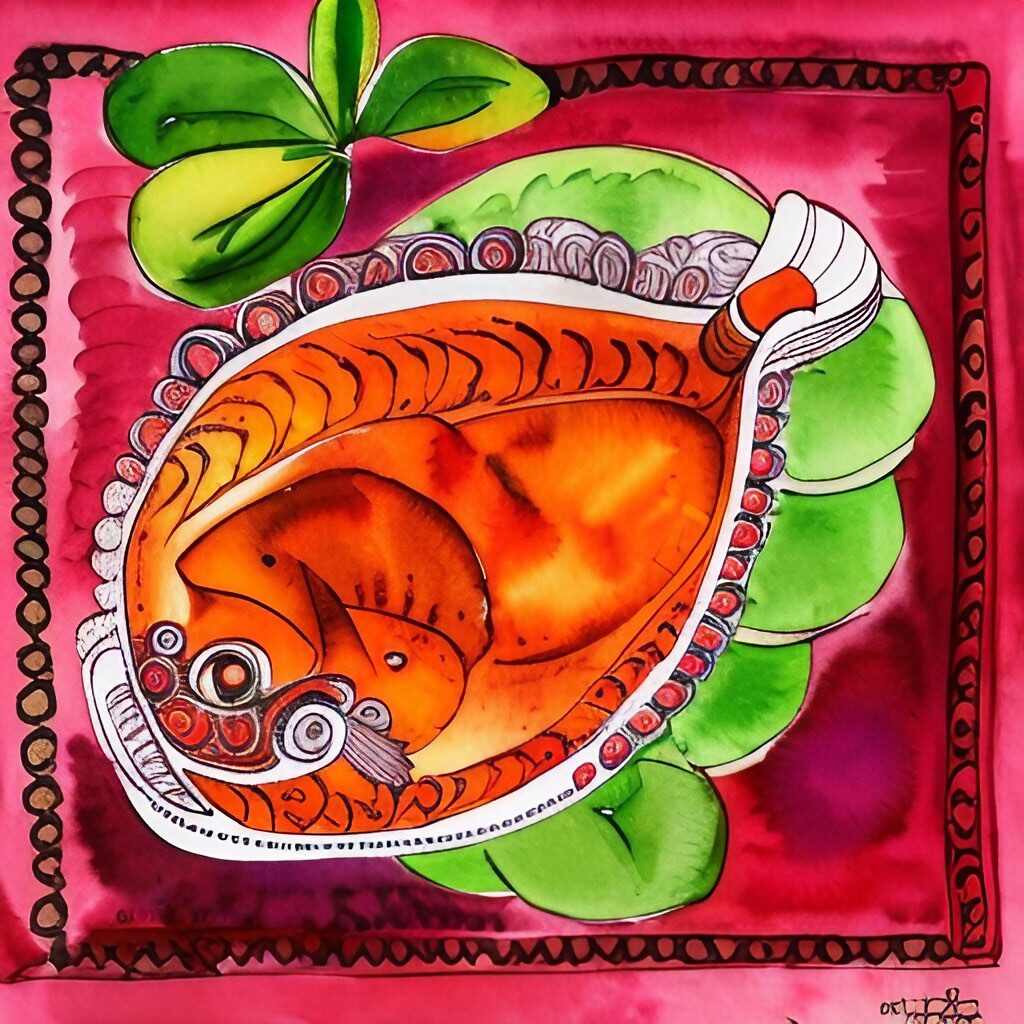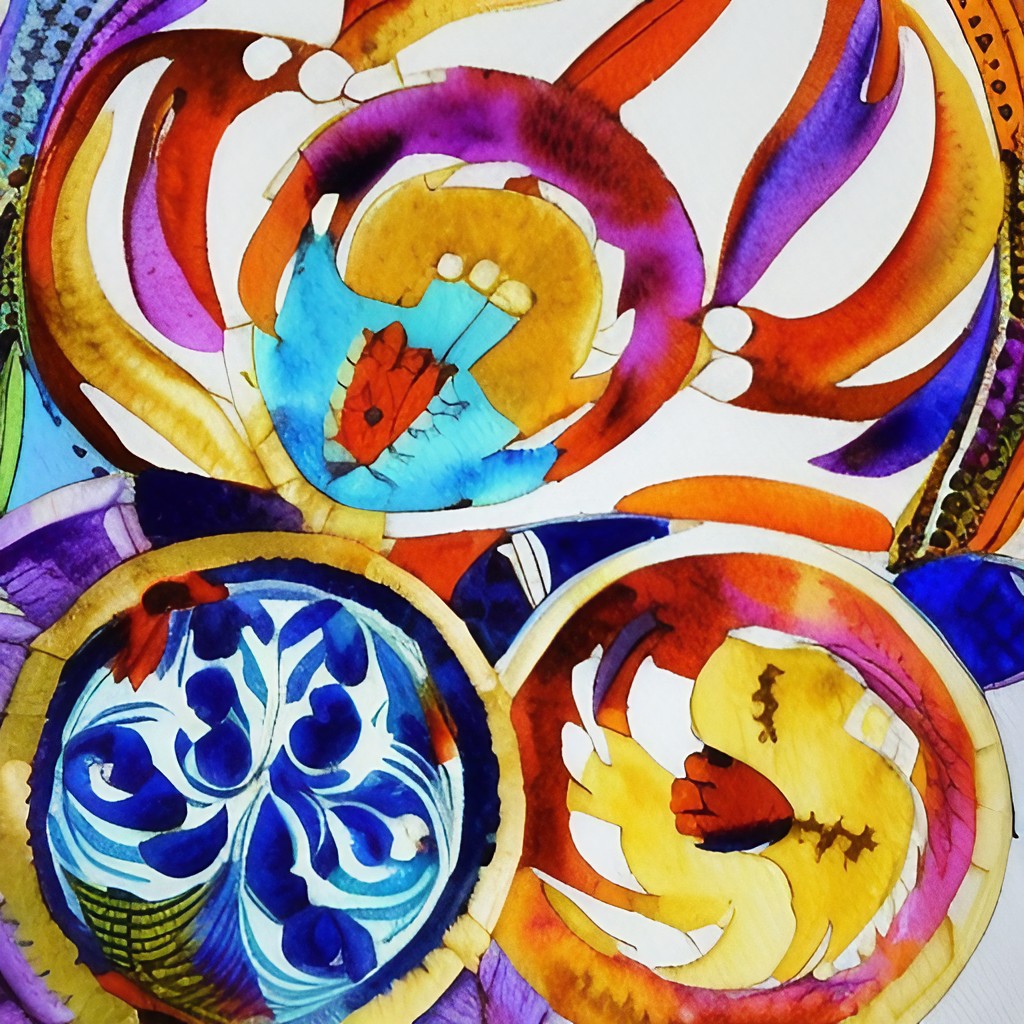
India offers an exquisite variety of desserts that captivate the taste buds. In this article, we survey the desserts from India’s many regions, showing the unique elements of delightful desserts. Discover the enchanting world of Indian sweets, from the Gulab Jamun and the Kaju Katli to the heartwarming Gajar Ka Halwa and the tender Rasgulla.
Gulab Jamun: Popular in northern and western India, Gulab Jamun is believed to have originated in the Mughal Empire. This dessert consists of milk solids, sugar, and rose water. Milk solids are soaked in sweet syrup, deep-fried until golden brown, and then soaked in a flavored syrup containing rose water, saffron, y cardamomo. Gulab Jamuns are usually served warm.
Kaju Katli: A favorite in western and southern India, Kaju Katli is thought to have originated in Gujarat. Made from cashew nuts and sugar, the cashew nuts are ground into a fine paste and mixed with sugar and milk. The mixture is cooked until it forms a soft dough, then cut into diamond shapes and allowed to cool.
Gajar Ka Halwa: Commonly enjoyed in northern and western India, Gajar Ka Halwa is believed to have originated in Punjab. This dessert is made from carrots, milk, sugar, y cardamomo. Grated carrots are cooked in milk until soft, then combined with sugar and cardamom. The mixture is cooked until it thickens into a pudding and is typically served warm.
Rasgulla: Popular in eastern and northeastern India, Rasgulla is thought to have originated in West Bengal. Made from milk and sugar, the milk is boiled to form a thick layer of cream, which is skimmed off and used to make rasgullas. Rasgullas are prepared by adding lemon juice to the milk and cooking it until it curdles. The curdled milk is strained, and the curds are shaped into balls, then boiled in sugar syrup until soft and fluffy. Rasgulla is usually served chilled.
Rasmalai: A beloved dessert in eastern India, Rasmalai is believed to have originated in West Bengal. This dessert consists of soft, spongy paneer (cottage cheese) balls soaked in a rich, creamy milk sauce flavored with cardamom, saffron, and sugar. The paneer balls are boiled in sugar syrup and then immersed in the flavored milk sauce, allowing them to absorb the delicate flavors. Rasmalai is typically garnished with chopped nuts and served chilled.
Kheer: A widely enjoyed Indian dessert, Kheer is made with rice, milk, sugar, and nuts. The rice is soaked in milk and cooked until soft before being mixed with sugar and nuts. The mixture is cooked until it thickens into a pudding and is typically served warm.
Payasam: Believed to have originated in Tamil Nadu, Payasam is made with milk, rice, and sugar. The milk is boiled before adding rice, which is cooked until soft. The cooked rice is mixed with sugar and nuts, and the mixture is cooked until it becomes a thick pudding. Payasam is usually served warm.
Falooda: Introduced to India by Persian immigrants, Falooda is a refreshing dessert consisting of rose syrup, milk, ice cream, and vermicelli. Rose syrup is mixed with milk, followed by the addition of ice cream. The mixture is topped with vermicelli and nuts, and Falooda is typically served chilled.
Mishti Doi: Hailing from West Bengal, Mishti Doi is made with yogurt, sugar, and spices. The yogurt is strained, mixed with sugar and spices, then chilled and served. Mishti Doi is often consumed as a breakfast or snack.
Ladoo: A well-known Indian dessert, Ladoo is made with various ingredients, including gram flour, sugar, and nuts. The gram flour is roasted, mixed with sugar and water, and then cooked until it forms a dough. The dough is shaped into balls and rolled in nuts. Ladoo is often served as a prasad (offering) to Hindu deities and at weddings.
Kulfi: Brought to India by the Mughals, Kulfi is an Indian ice cream made with milk, sugar, and nuts. The milk is boiled, and sugar is added and cooked until it dissolves. The mixture is churned until thick and creamy before being frozen in molds and served. Kulfi is usually enjoyed chilled.
India’s culinary heritage offers a diverse assortment of regional desserts. Each treat carries its own unique history and flavors, representing various aspects of the country’s culture. From the Mughal-inspired Gulab Jamun and Gujarati Kaju Katli to the Punjabi Gajar Ka Halwa and West Bengal’s Rasgulla, these desserts provide a delightful taste of India’s rich dessert traditions.
